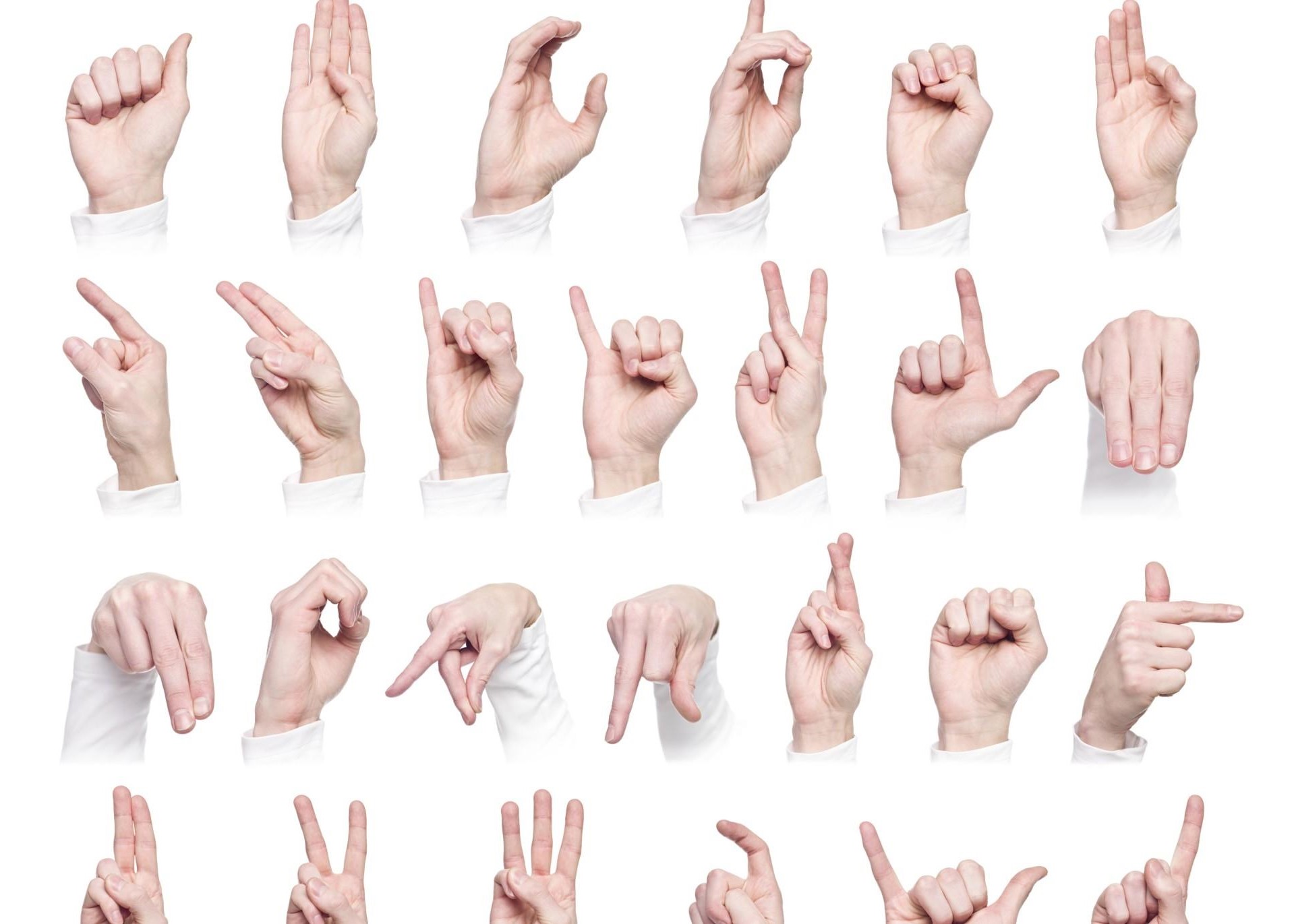
 Giulia Casati
Giulia Casati
Italian language: The Italian Sign Language or LIS (lingua dei segni italiana)
- WTI Magazine #140 Jun 18, 2021
-

 Giulia Casati
Giulia Casati
Today I am going to talk about a slightly different Italian language: the Italian Sign Language or LIS (lingua dei segni italiana). Why? Well, because it is an Italian language and last May the Italian Republic finally recognized the Italian Sign Language through a decree and declared its commitment to its promotion.
Not only that, but it also recognized the figure of the Italian Sign Language interpreters as specialized professionals. I know it might not seem much, but it is a huge step for the Italian deaf community! So, to celebrate this milestone, I thought I’ll talk a bit about LIS.
Many don’t know that any Sign Language is a full, natural language, that means people who use it are not just making random or intuitive gestures to communicate, but they are using a fully developed language that has its own grammar, vocabulary and rules. Of course, Sign languages do not work the same as non-sign languages, first of all the way they are expressed are really different: in order to communicate in Italian for example, you need sound, while as strange as it sounds, in order to communicate in LIS you need light and eye contact. It deeply relies on a completely different sense: sight. Therefore, if you can’t see, you can’t communicate, and for hearing people this might be hard to grasp at first. This gives a completely different perspective on so many levels! The use of space and what is right in front of you is crucial for communication, you do not need to name something that you can see, because that something will become part of your sentence altogether. It might sound weird, but if you get the chance of tipping your toes in this beautiful world, you’ll see the space surrounding you in a different light.
But why am I talking about Italian Sign Language? Why do I need to specify? Simple! There is not a universal sign language just as there is not a universal language in general! When I said that the LIS is a natural sign language, I mean that it was created just like all others: from a need and desire to communicate among deaf people. That means that people in Italy (or I should even say a specific region) did not come up with the same solution as people in America for example. But what is even more interesting is that sign languages might not even be bound to national borders, so people from the same country might not even speak the same Sign Language. Or even, countries where people speak the same language, like the USA and the UK for example, do not have the same sign language.
The main elements of LIS are: the place of articulation, that is where the sign takes place which can be on a specific spot of the body of the signing person or the place right in front of them, for example; the specific position or shape the hand or hands take (there are about 56 different configurations in the LIS!); the orientation of the palm in relation to the body of the signing person which can assume about 6 different meanings; and the movement of the hand or hands (there are about 40 types of movements!). So as you can probably guess, signs are definitely not random and not easy! It is a truly beautiful and complex language.
With the new decree the Italian Republic commits to finally promote LIS and make courses and other initiatives more accessible, taking a significant step towards inclusivity. In fact, right now, LIS is mostly spoken between family members and close friends, there are some News broadcast who have interpreters, and even the Sanremo Festival in 2020 was fully translated by LIS interpreters, but unfortunately many people still have bias, prejudices and do not fully understand what LIS truly is. Italy has a long story of not paying attention to LIS and signing people, diminishing this language by calling them simple gestures, so I am truly happy for this big step forward.